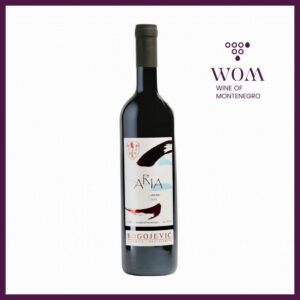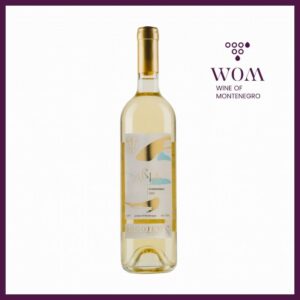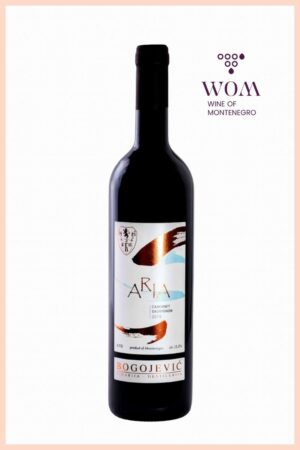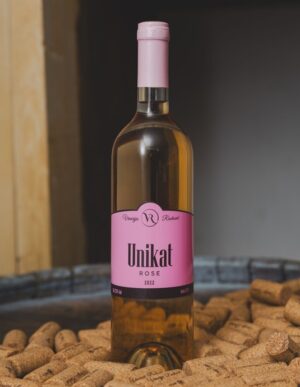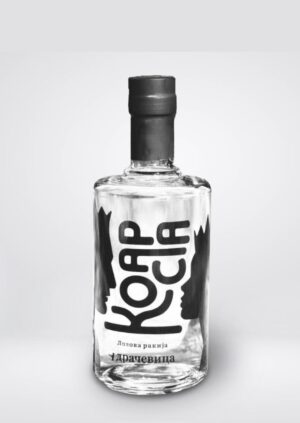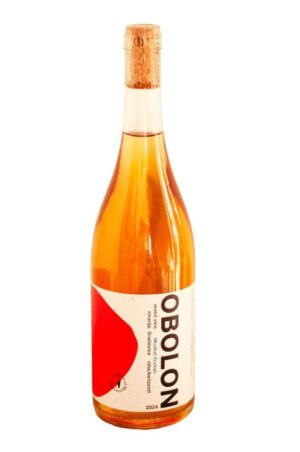You can contact us 24/7 0 800 300-353
18,50 €
Subtotal: 18,50 €
Add 31,50 € to cart and get free shipping!
Free Shipping on All Orders Over $100
18,50 €
Subtotal: 18,50 €
Add 31,50 € to cart and get free shipping!
Free Shipping on All Orders Over $100
Protection of geographical origin

Due to the significant variability of all ecological factors in viticultural production, the presence of various grapevine varieties, the high quality of wines, and the necessity to preserve the tradition and heritage of winemaking, the identification of homogenous viticultural geographical production regions was carried out. After exhaustive research and utilizing the most modern methodologies, the zoning was completed in 2017. This is a prerequisite for establishing a system of geographical protection of wine origin, emphasizing the unique characteristics of wines from different viticultural regions. Certainly, the grapes grown between two expanses of blue, reflecting in the azure water surfaces, infused with the taste of Montenegrin soil and the energy of over 2300 annual sunshine hours, combined with the care and millennia-long tradition of skilled winemakers, can only be transformed into spectacular Montenegrin wine. The agroecological conditions in Montenegrin vineyards are exceptionally favorable for achieving excellent grape quality, which, with modern enotechnology, is turned into premium wines.
Specific climatic conditions allow for a balanced ratio of acidity, sugar, and aromatic complexity in white wine varieties, while in red varieties, they promote the development of ripe tannins, good skin pigmentation, and phenolic ripeness with a favorable balance of sugar and acidity. Red wines are rich in extract, intensely colored, full-bodied, harmonious, and have high aging potential. However, rising average temperatures due to climate change result in earlier flowering, earlier harvests, and a rapid accumulation of sugar in the grapes, which impacts the production of wines with higher alcohol content.
National regulations governing activities in the wine sector are fully harmonized with current European regulations. The system for protecting the geographical origin of wine, known as the “PDO/PGI system,” has been successfully implemented. Ten appellations have been protected for wine origin: Crmnica, Podgorica Subregion, Ulcinj Subregion, Kuči, Riječka Nahija, Katunska Nahija, Piperi, Bjelopavlići, Nudo, and Boka Kotorska, along with two geographical indications: Montenegrin Basin of Lake Skadar and Montenegrin Coast. Intensive certification of the geographical origin of wines is ongoing.
Nevertheless, with global climate change, there is an urgent need to find cooler locations at higher altitudes for the production of white wines. From Montenegro’s rich cultural heritage, we learn about numerous toponyms in northern Montenegro (vineyard, vineyards, vinići, vinštica), which indicate that in the distant past, the area of vine cultivation was significantly broader compared to today.
Recommended For You
Join our newsletter for offers!
Sign up now to receive the latest updates on promotions and coupons. Don’t worry, we won’t spam you!

